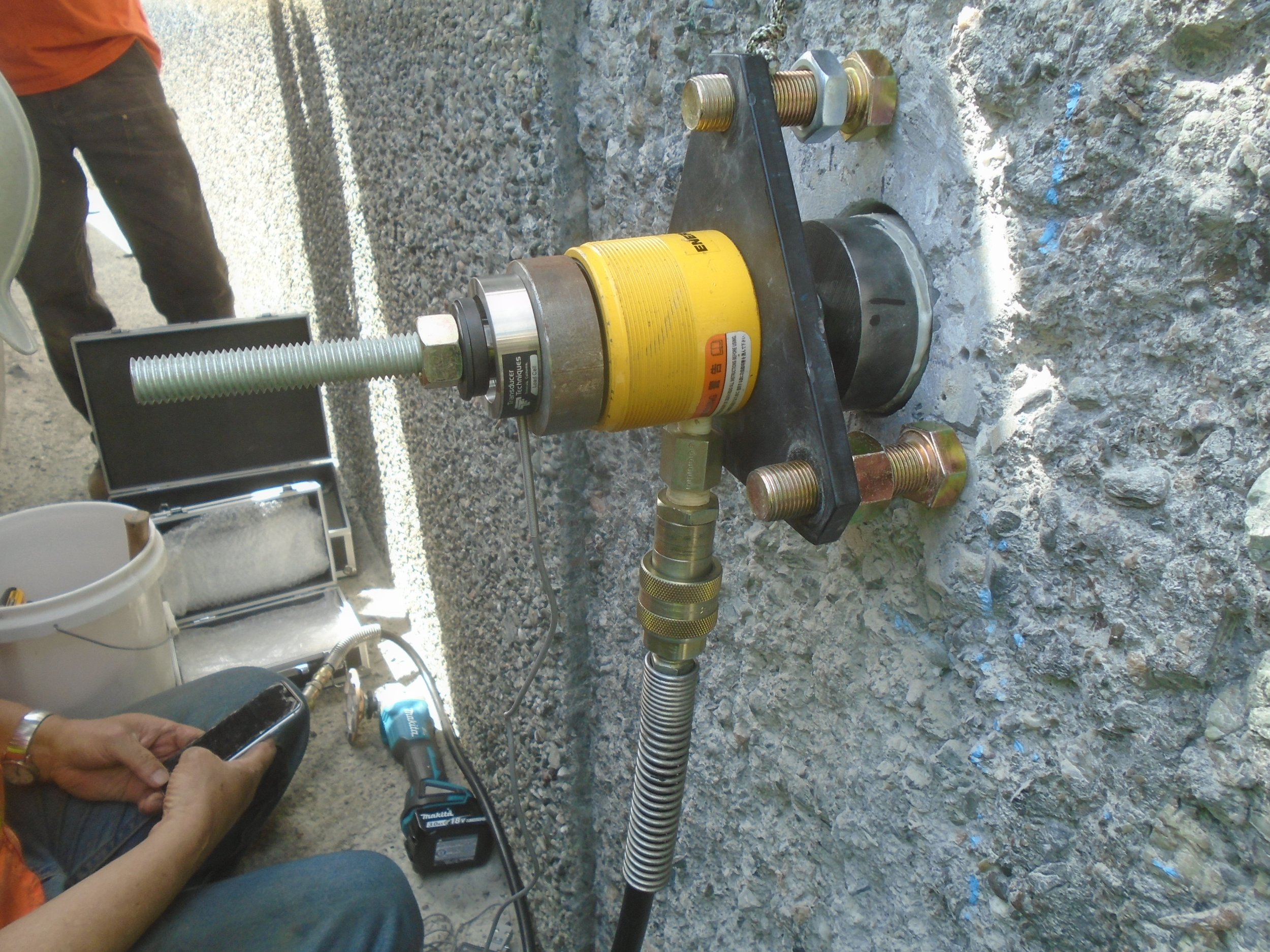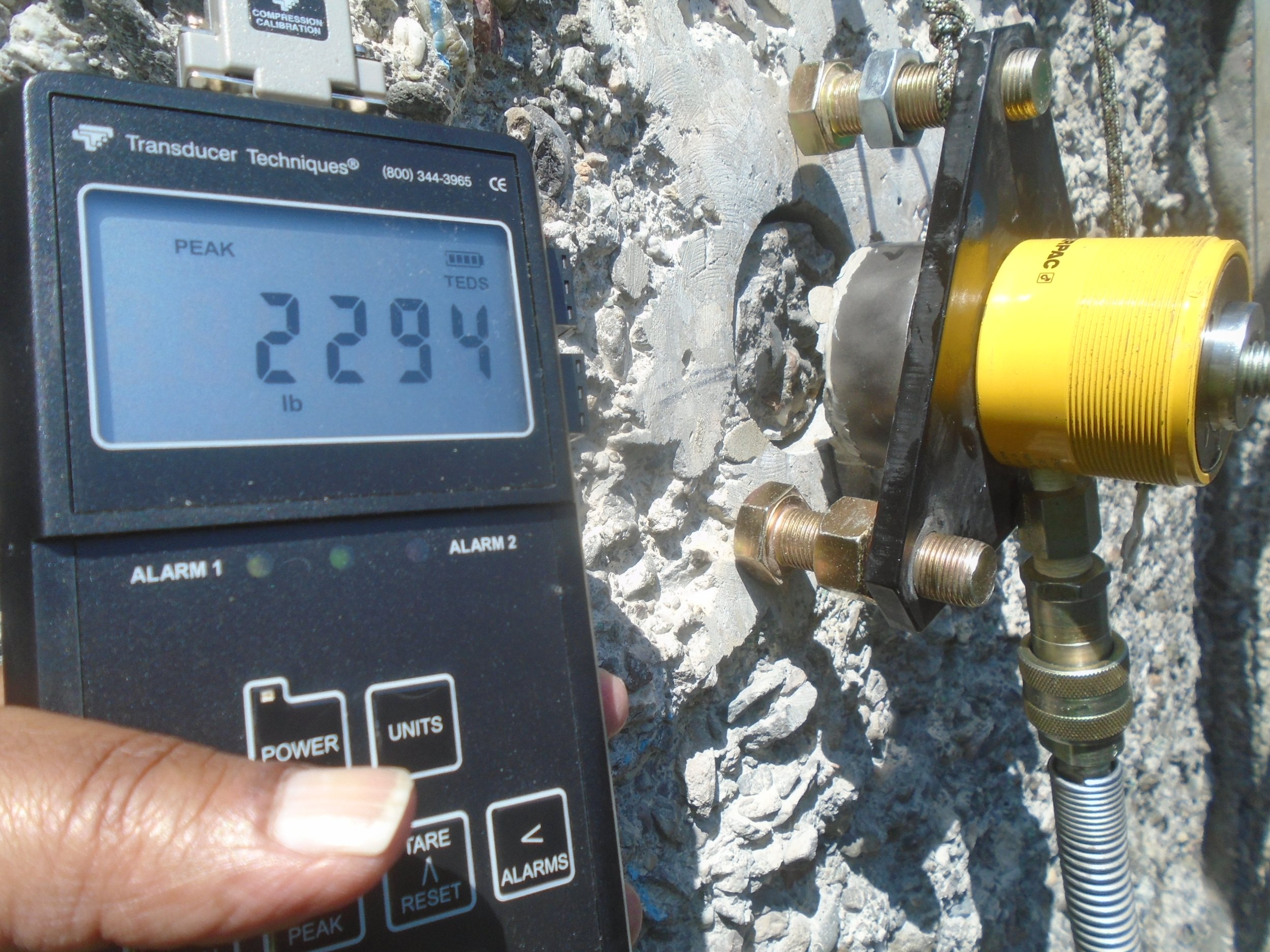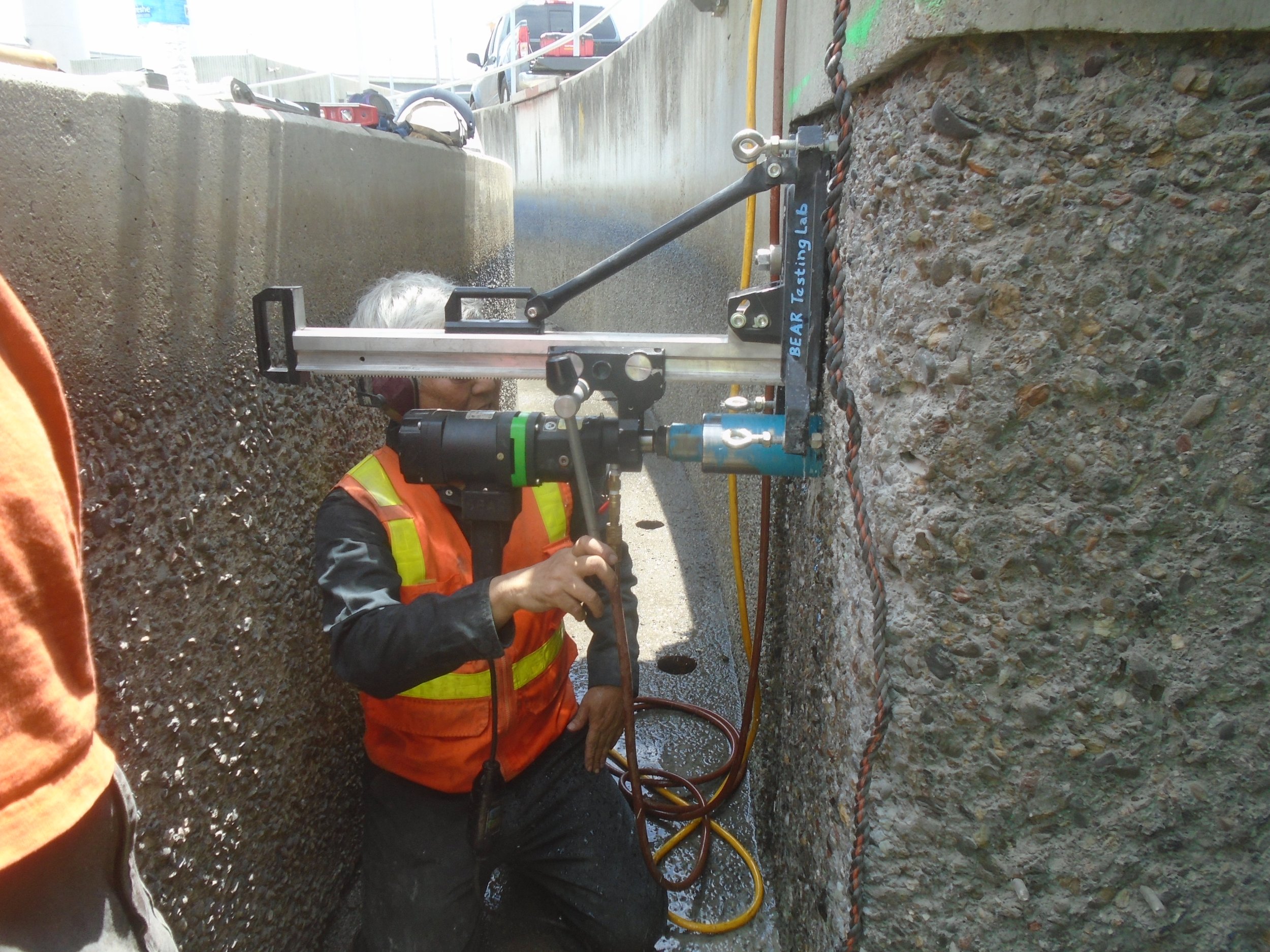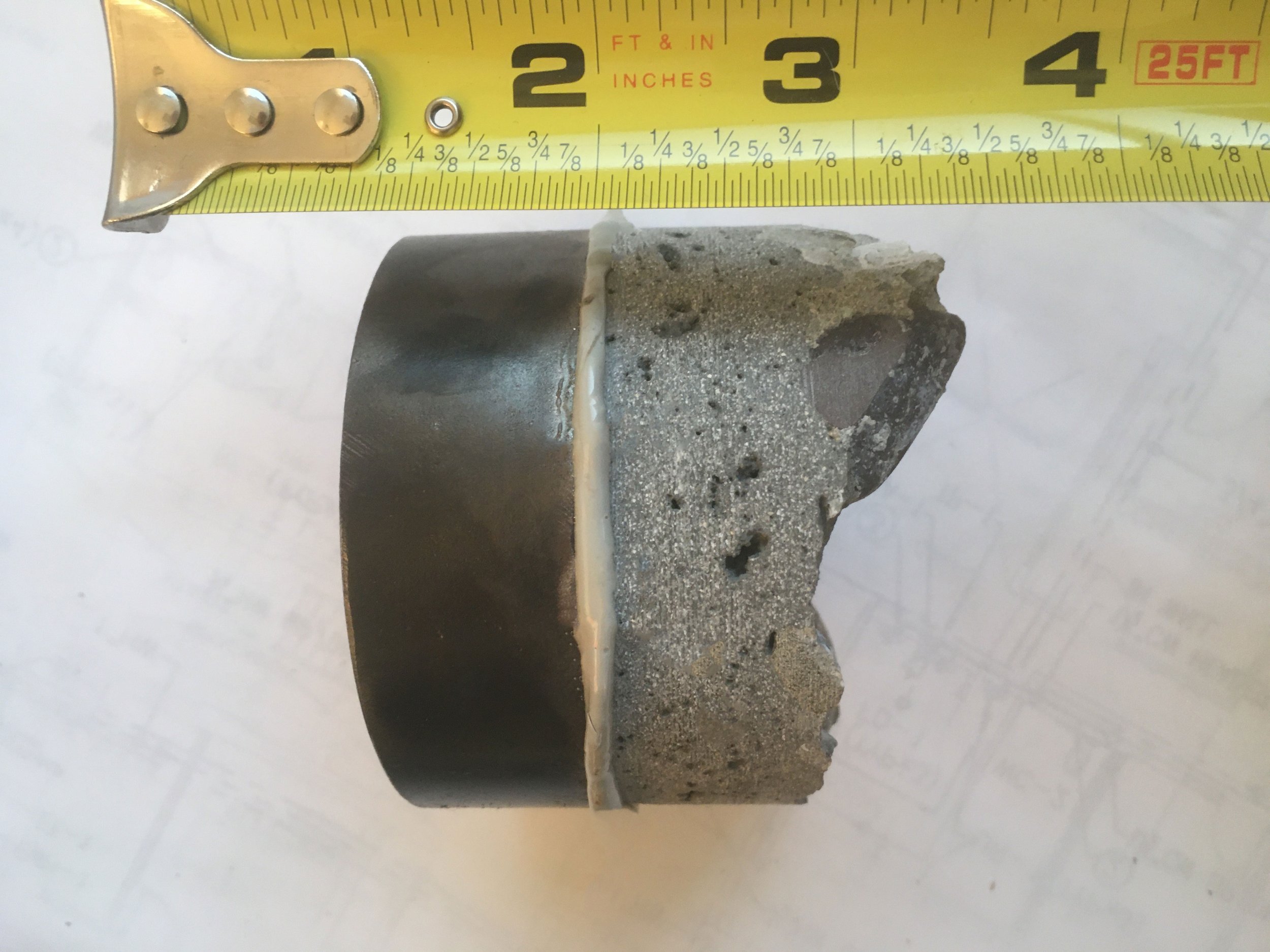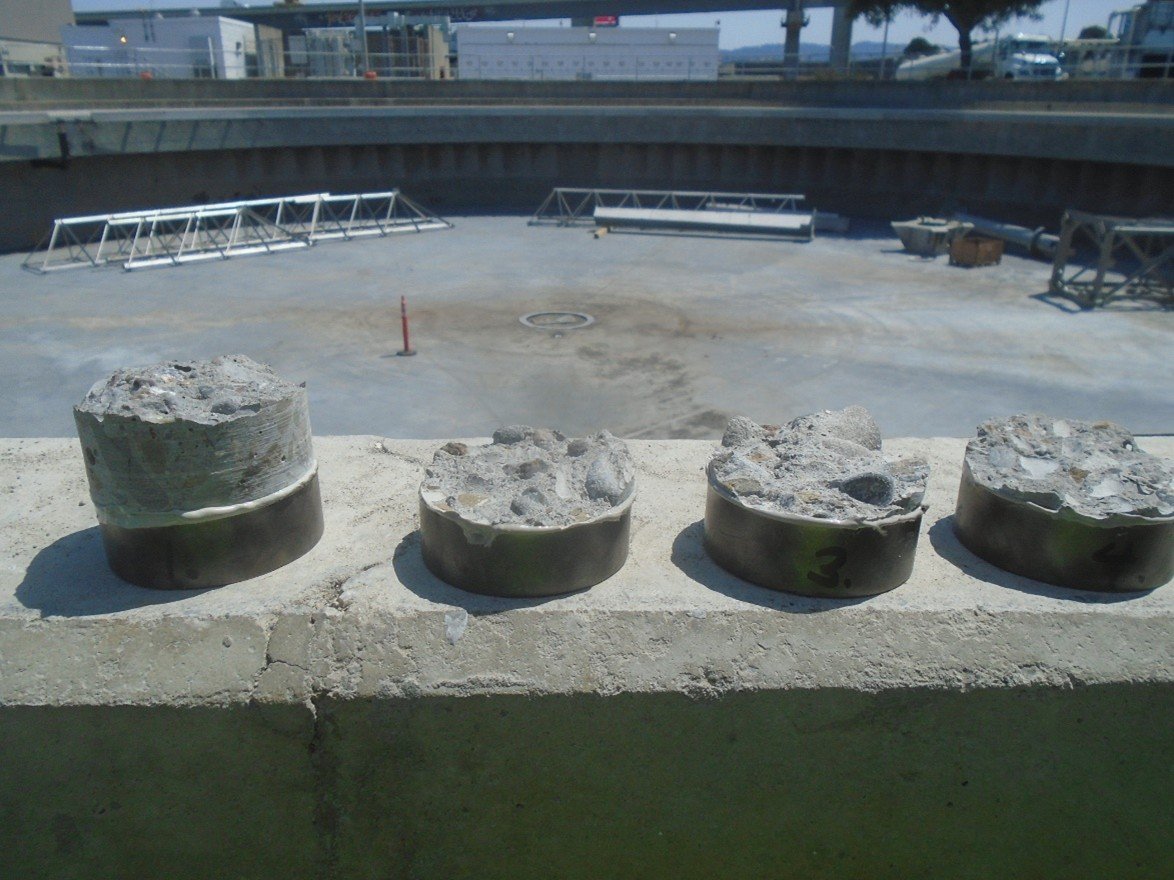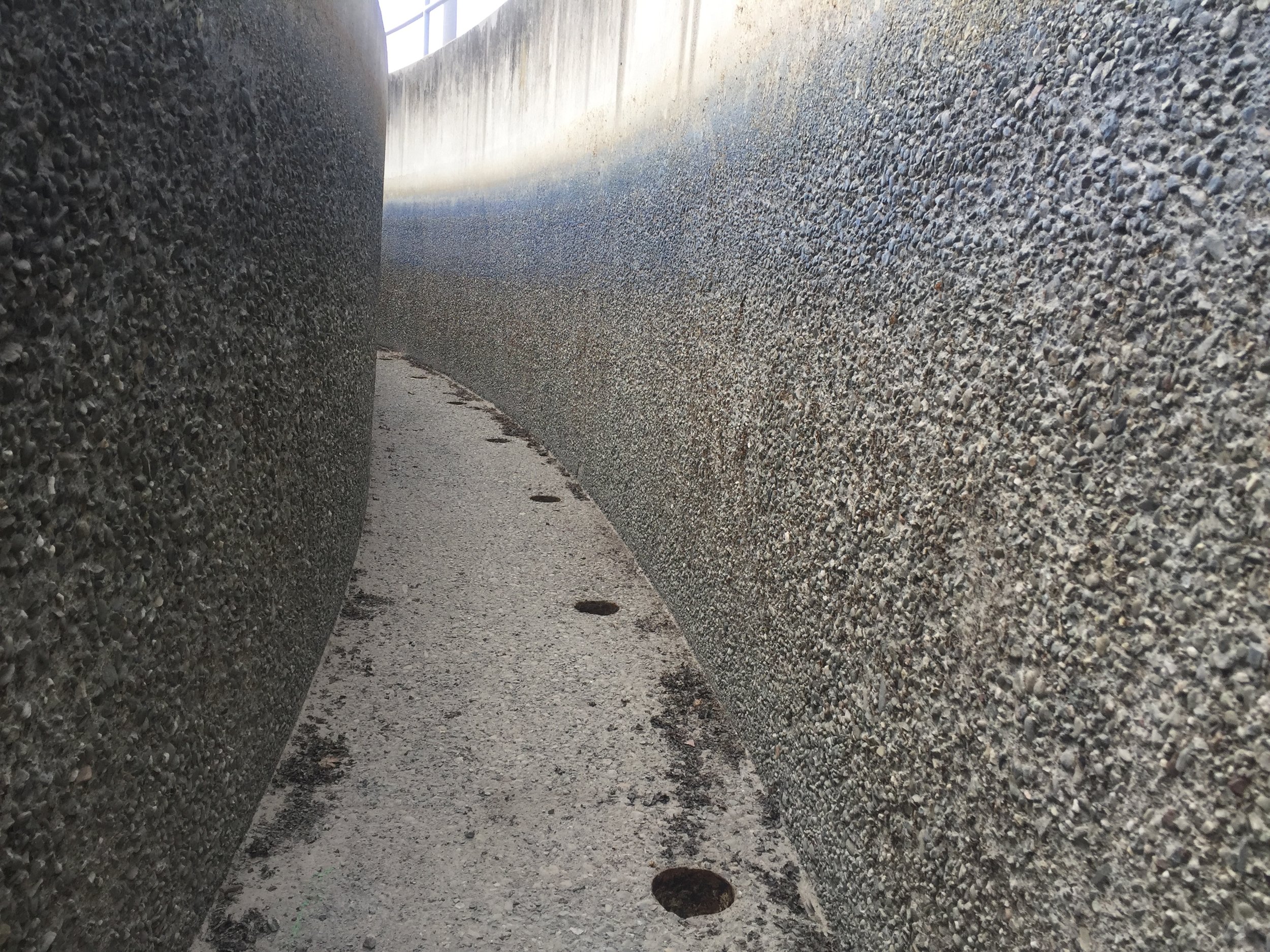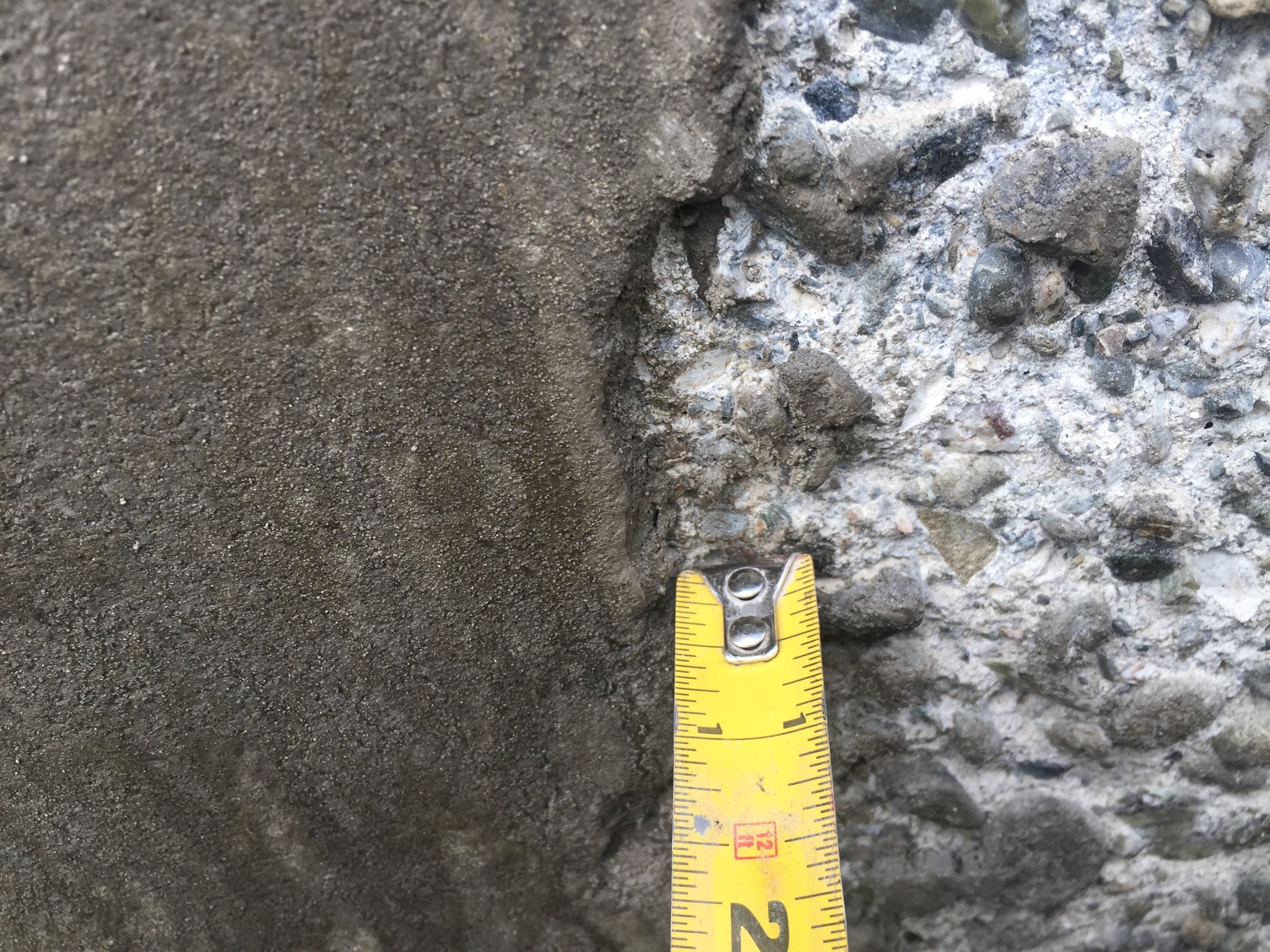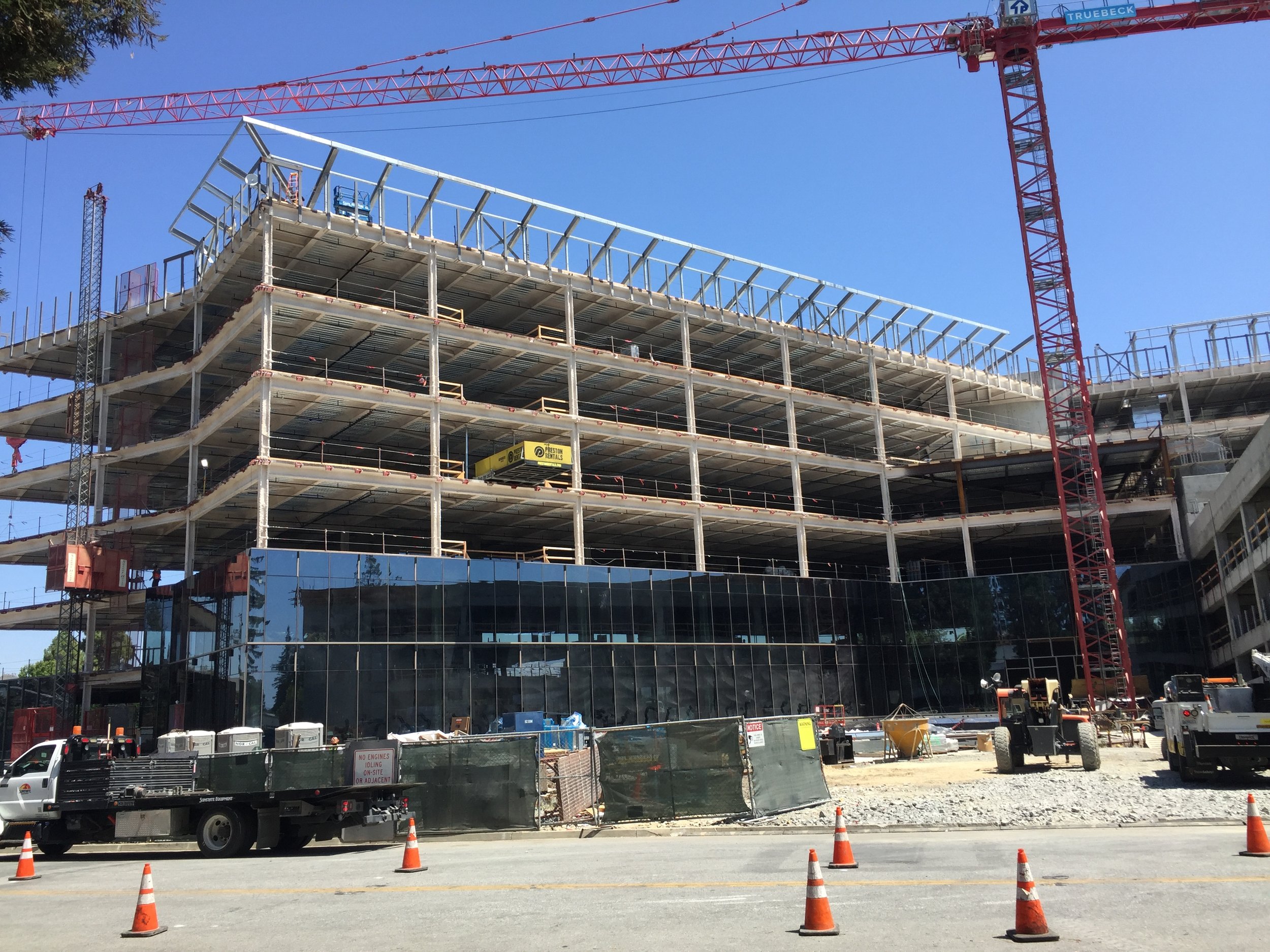
Cracking in Elevated Slab
Overview
Concrete Science, Inc. was retained to investigate extensive cracking in the 2nd level elevated concrete slab at St. Thomas Square, a multi-level structure located in Santa Clara, CA. Of the twelve levels poured using similar construction methods, the north side of the 2nd floor slab showed the most pronounced and widespread cracking, with patterns that included full-depth and plastic shrinkage cracking. The observed damage raised concerns from ownership regarding the long-term appearance and serviceability of the slab, even though the structural engineer of record confirmed the slab's structural viability. The intent of the investigation was to identify the root cause of the cracking and assess whether the material and structural conditions warranted repairs or replacement.
Scope of Work
Document Review
Construction drawings and concrete specifications: Examined to understand original design intent, reinforcement layout, and material requirements.
Concrete mix designs and batch tickets: Reviewed to assess the cementitious content, admixtures used, and consistency between batches.
Special inspection reports: Analyzed for quality control measures during placement and curing.
2. Field Testing
Visual inspection and crack mapping: Performed to identify extent, pattern, and severity of cracking.
Delamination survey: Conducted to detect any separation between slab layers or poor bond conditions.
Reinforcement cover measurements: Taken to compare placement depth and its influence on crack propagation.
Core sampling from both cracked and less affected zones: Enabled physical assessment of in-place material condition.
3. Laboratory Testing & Petrography
Core compressive strength testing: Measured concrete strength in accordance with ASTM standards.
Microscopic petrographic analysis per ASTM C 856: Determined mix composition, hydration, microcracking, and extent of carbonation.
Key Findings
Concrete Surface Preparation: The substrate was roughened to an ICRI Concrete Surface Profile (CSP) No. 10, exceeding the specified CSP 6.
Phase 1 Results:
Average tensile strength of the concrete: 362 psi.
All failures occurred within the concrete substrate, with failure depths ranging from 0.06 to 1.5 inches.
Phase 2 Results:
Average tensile bond strength of repair mortar: 272 psi.
All test results exceeded the project minimum requirement of 200 psi.
Failures were a mix of cohesive failure in the repair mortar and substrate, indicating effective bonding.
Solutions & Recommendations
Based on the test results, CSI concluded that the repair mortar was effectively bonded to the substrate and met or exceeded industry and project specifications. While no specific remediation was required, CSI remained available to assist in preparing detailed repair procedures or specifications if needed for future work. The findings also helped confirm the adequacy of the surface preparation methods used, despite the more aggressive CSP profile.
Outcome
The testing verified the integrity of both the original concrete and the repair system. The results provided assurance to the project team that the repair approach was technically sound, with no concerns regarding adhesion or surface preparation. The successful outcome supports continued use of the repair strategy on similar infrastructure within EBMUD's facilities, reinforcing confidence in the current maintenance protocols and materials being utilized.











